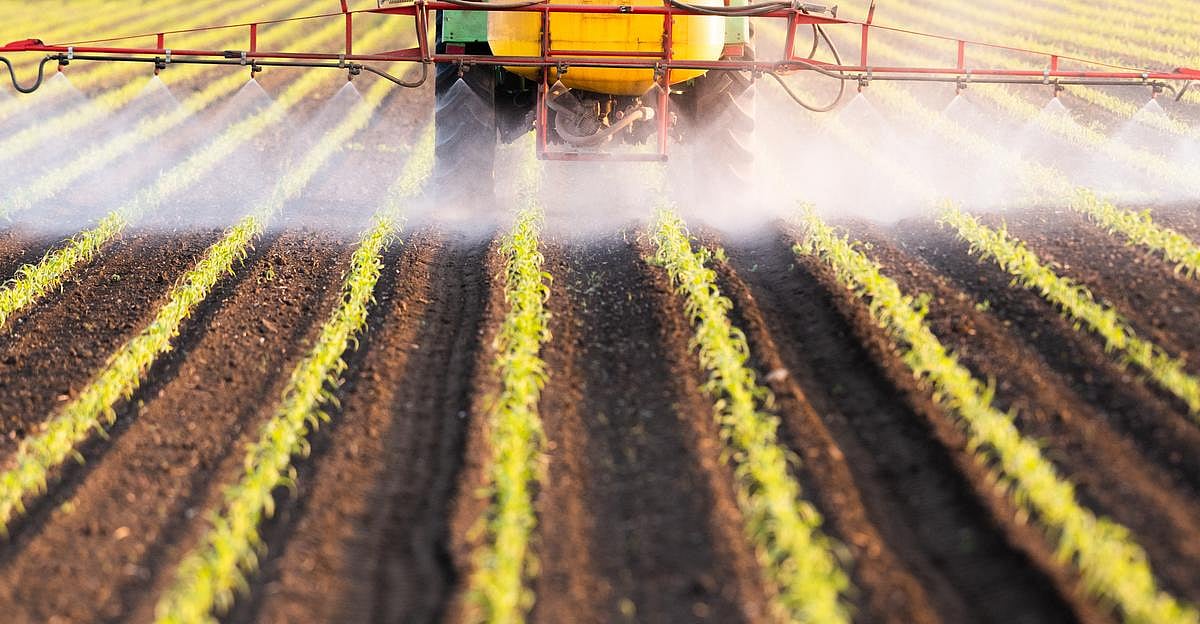Due to a recent change in our pharmacy software system, the process for submitting refill requests online has now changed.
Our previous mobile app and your current login credentials will no longer work.
Please click the Refill Prescriptions tab to begin the new process.
Thank you for your patience during this transition.
Now offering hormone and vitality management consults!
Call 706-886-3119 for more information.
Get Healthy!

- Ernie Mundell
- Posted November 5, 2024
22 Pesticides Linked to Prostate Cancer Risk
Exposure to any one of 22 pesticides may bring heightened odds of developing prostate cancer, a new analysis suggests.
The study was conducted over decades because prostate cancer is known to grow very slowly, noted a team led by Dr. Simon John Christoph Soerensen, of Stanford University in California.
The researchers looked at U.S. data on county-level usage of 295 pesticides. They then compared those results to rates of prostate cancer in counties across the United States.
To account for the 10- to 18-year lag time between carcinogen exposure and the time it takes prostate cancers to grow, Soerensen's group looked at pesticide-use data from 1997 through 2001.
They then compared that data to rates of prostate cancer for the years 2016 through 2020.
Altogether, 22 pesticides had associations with upped prostate cancer risk, although the study could not prove cause-and-effect.
Three of the pesticides had already been linked previously to the cancer, including 2-4-D, a commonly used pesticide in the United States.
The findings were published Nov. 4 in the journal Cancer.
Of the other 19 pesticides, 10 were herbicides, while the others included fungicides and insecticides, plus a soil fumigant, the researchers reported.
High exposures to four of the pesticides were linked to the development of prostate cancer plus death from the disease.
Those chemicals included trifluralin, cloransulam-methyl and diflufenzopyr, plus one insecticide, thiamethoxam, the Stanford team said.
Of those four, only trifluralin is currently classed by the Environmental Protection Agency as a "possible human carcinogen," the team pointed out. The other three have been designated by the EPA as either “not likely to be carcinogenic” or having evidence of “non-carcinogenicity.”
“This research demonstrates the importance of studying environmental exposures, such as pesticide use, to potentially explain some of the geographic variation we observe in prostate cancer incidence and deaths across the United States,” Soerensen, a graduate student in epidemiology at Stanford, said in a journal news release. “By building on these findings, we can advance our efforts to pinpoint risk factors for prostate cancer and work towards reducing the number of men affected by this disease.”
More information
Find out more about links between pesticides and cancer at the National Cancer Institute.
SOURCE: Wiley Publications, news release, Nov. 4, 2024

